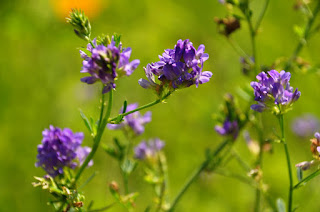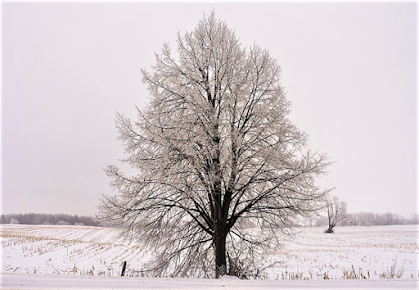Conservation Buffers and CREP
Thriving fish and wildlife populations depend on the condition of their habitat. We, as humans, play a big part in that condition. It is our responsibility to take care of our natural resources so that wildlife habitats are protected. Conservation buffers can help us do just that.
Conservation buffers are strips of vegetation that grow on
the edges of fields and waterways. They are designed to intercept sediments and
nutrients, reduce soil erosion, and protect the soil. They can be grass, trees,
shrubs, or a combination of all three. Depending on their purpose, they can be
25 feet to hundreds of feet wide.
From a wildlife standpoint, conservation buffers are
amazing. They provide countless benefits including shelter and food. One of the
most valuable things they can provide is wildlife corridors. Wildlife corridors
are connections from one habitat to another. Most species experience high
levels of mortality moving across open landscapes, such as harvested crop fields.
Moving within a strip of trees and/or grasses (conservation buffer) is a much
safer way to travel from one habitat to another.
Water quality protection is another important benefit of
conservation buffers. When planted between a crop field and surface water,
buffers trap and filter pollutants such as sediment, nutrients, and pesticides
in water runoff before it enters the surface water. Buffers that include trees
play an important role by shading streams. Many fish species cannot tolerate
elevated water temperatures and the shade helps to moderate stream
temperatures. They also provide food such as fruit, limbs, leaves and insects
for stream bottom bacteria, fungi, and invertebrates to eat.
The Conservation Reserve Enhancement Program (CREP) is part
of the Conservation Reserve Program (CRP). It is a Farm Bill program that
provides technical and financial assistance to plan and install conservation
practices to protect water quality and improve wildlife habitat. These
practices include buffers such as filter strips, riparian buffers, and
windbreaks. Landowners who have cropland in the Saginaw Bay Watershed may be
eligible to enroll in CREP. The Farm Service Agency administers CRP programs,
and the Shiawassee Conservation District develops the conservation plans for
both Shiawassee and Livingston Counties. Contact the Shiawassee Conservation
District for more information on CREP or conservation buffers.



Comments
Post a Comment